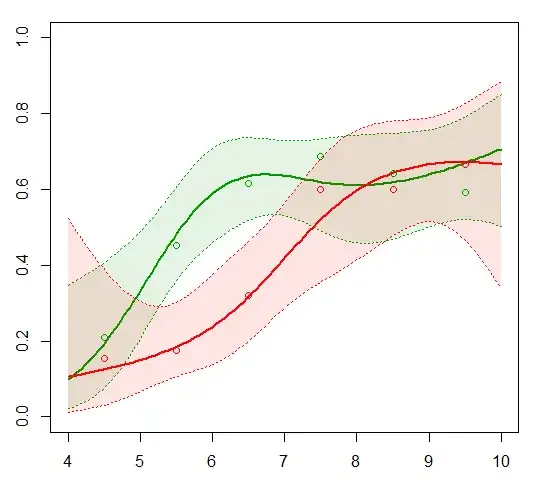In short: The threshold is not a part of the Naive Bayes algorithm
A Naive Bayes algorithm will be able to say for a certain sample, that the probability of it being of C1 is 60% and of C2 is 40%. Then it's up to you to interpret this as a classification in class C1, which would be the case for a 50% threshold. When using accuracy as a metric you essentially count the amount of correct classifications and thus state a definite threshold (like 50%) that is used to determine which class is being predicted for each sample.
You might want to take a look at this answer, and Frank Harrell's Classification vs. Prediction.
Why cross validation? Because you want to use a separate training/test set and use all your data.
How? You could determine recall & precision for every fold and every threshold and make a choice.
Some sidenote: Naive Bayes has the tendency to push probabilities to extremes (0% and 100%), it's what they call badly calibrated. It's due its basic assumption that all attributes are conditionally independent which is often not the case. The latter is visible in the example below; some metrics are plotted in function of threshold for a Naive Bayes classifier on a spam task.

